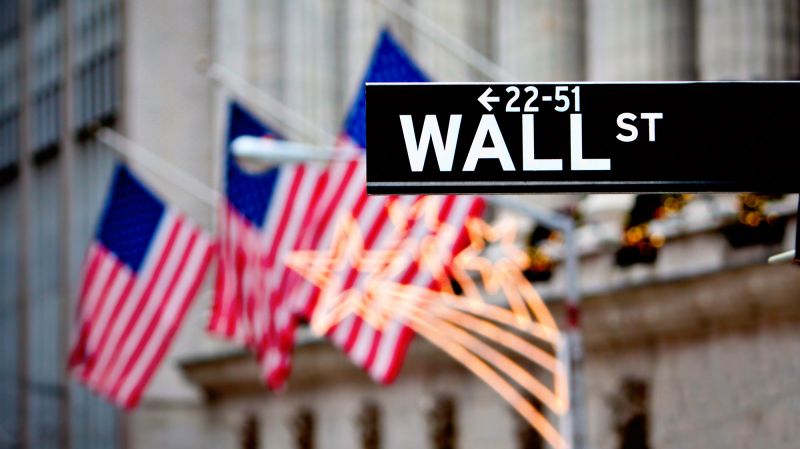Do Stock Markets Have the COVID-19 Antibody?
The markets may seem divorced from economic reality but that doesn’t mean we’re headed for a crash

How can stock markets fly so high when the economy is in its deepest dip in 90 years? This widely noticed disconnect has led to speculation about (yet another!) impending market crash, with dreadful consequences for pension plans and individual investors. But maybe the stock market is not so crazy as it might seem.
The common wisdom is that markets are anticipating and pricing in a V-shaped economic recovery. This means current stock prices would be justified if the economy were to recover as fast as it plummeted—which does seem unlikely.
Many analyses of stock market valuation rely at least implicitly on such indicators as price-earnings ratios, which compare stock prices to corporate earnings and assume that the ratio of the two is eventually bound to revert to a historical mean. In this perspective, a high stock price can only be justified if future earnings are sufficiently high. Without a V-shaped recovery, this is doubtful. Several recent articles in the business press from institutional investors and investment bankers took this perspective and warned about a fall in stock prices.
But this analysis is incomplete. It fails to take into account the impact of interest rates on market valuations. With U.S. and Canadian 10-year bond yields at 0.66 per cent and 0.53 per cent respectively on June 1, interest rates not only are very low but they have also sharply declined in the past 12 months—by 69 per cent and 64 per cent, respectively. Because a lower discount rate leads to higher stock prices, this interest rate decline on its own has had a strong positive impact on market valuations. And data from the past decade suggests interest rates probably will not fully revert to their long-term averages but will remain relatively low even in good times.
A lower discount rate also implies an increase in the importance of long- versus short-term earnings. That exacerbates the disconnect between forward-looking stock market prices and prevailing economic conditions—but it should at least alleviate concerns about disappointing short-term earnings.
What about widespread bankruptcy?
The counterargument here is that low discount rates do not matter if the crisis is so severe many companies go bankrupt, which now seems likely. A company with zero earnings will not be worth any more with a lower discount rate. It will still be worth zero. That is obviously true but, paradoxically, even rising bankruptcies could imply higher market valuations.
Suppose a number of important companies do go bankrupt or are acquired by stronger rivals. In most industries, this will mean less competition and more pricing power for the companies left standing. Companies that can scale up their production will generate more profits, maybe even to such an extent that industry profits will be higher than they would have been with more firms competing.
There are exceptions to this rule, of course. Lehman Brothers going bust in 2008 aggravated the financial crisis because of the systemic risk inherent to the banking industry. But, in general, the increase in profits at surviving companies could be big enough that economy-wide profits increase after the crisis. That would be bad for consumers but good for shareholders.
In this regard, it is worth noting that although some companies are highly leveraged, others are well-positioned to weather the storm. Corporate cash holdings have been on an increasing trend for many years, so much so that former Bank of Canada governor Mark Carney once referred to these piles as “dead money” and urged Canadian companies to get rid of them. Luckily for their pandemic survivability, many did not listen.
The fog is lifting
A final point: Stock markets arguably hate uncertainty but there is now much less uncertainty about COVID-19 than there was a couple of months ago. We have a better understanding of how the virus is transmitted and its effects on infected individuals. The virus also appears less deadly than once believed, with the latest estimates of the infection fatality rate falling between 0.1 per cent and 0.4 per cent according to the Centre for Evidence-Based Medicine at the University of Oxford—much lower than the 3.4 per cent the WHO reported in early March.
Perhaps as importantly, several countries that successfully relaxed COVID-related restrictions so far have not experienced a devastating second wave of infections. This suggests economic activity may be able to resume at almost normal levels, albeit with continuing safety precautions, such as wearing masks, maintaining distancing and avoiding large-scale events. That was not on the horizon two months ago. This gradual return of optimism has undoubtedly contributed to the rebounds in investor optimism and stock prices.
In the end, stock markets may end up going up or down. There is no shortage of threats to the economy, whether from geopolitical tensions or heavy-handed regulation or taxation in the wake of the current crisis. It would be a mistake, however, to believe that the pandemic necessarily should have led to a massive and sustained fall in stock market valuations.
Pierre Chaigneau is an associate professor and Commerce '77 Fellow of Finance at Smith School of Business. An earlier version of this essay was published in the Financial Post